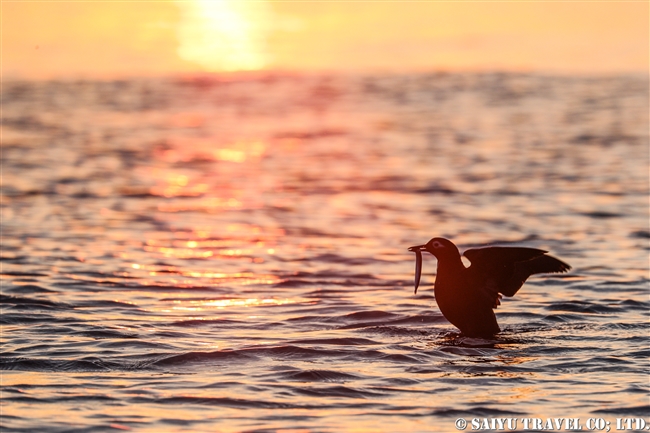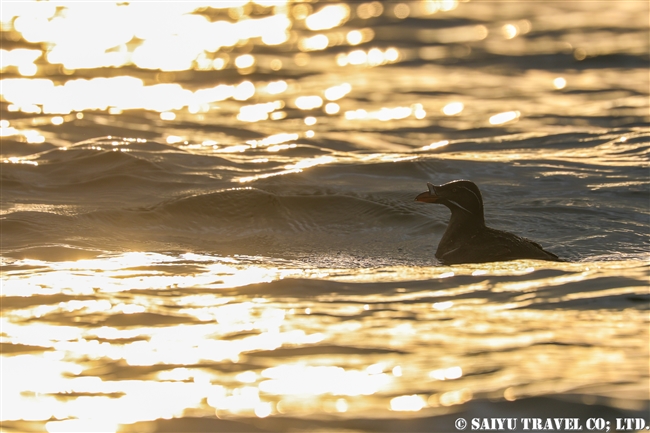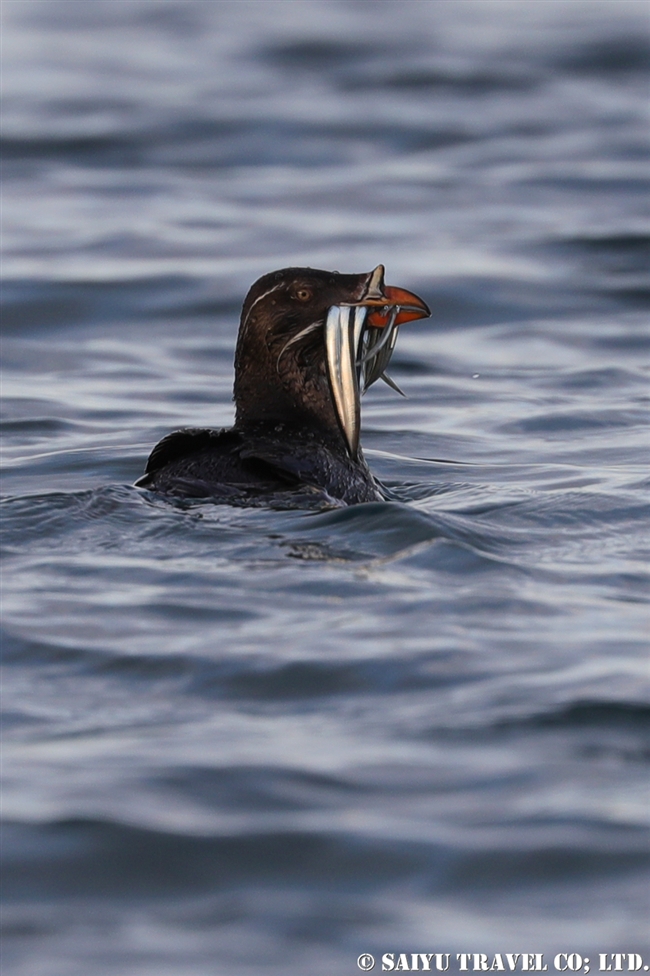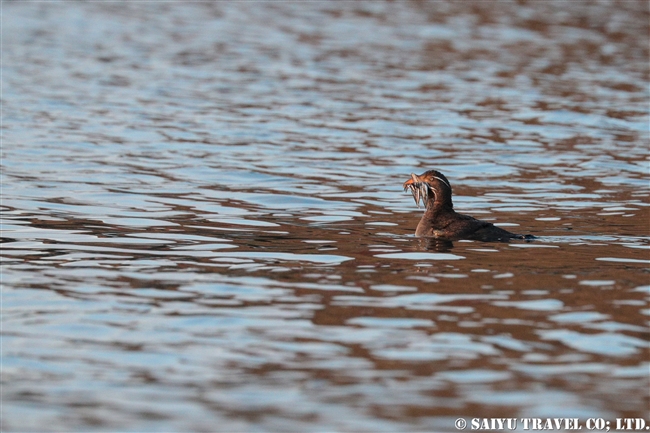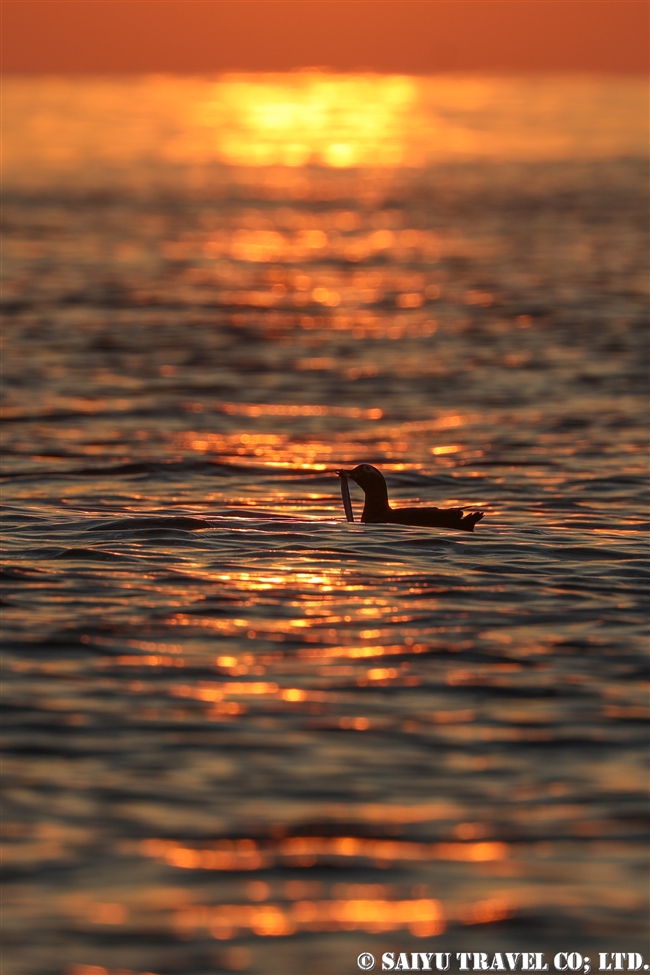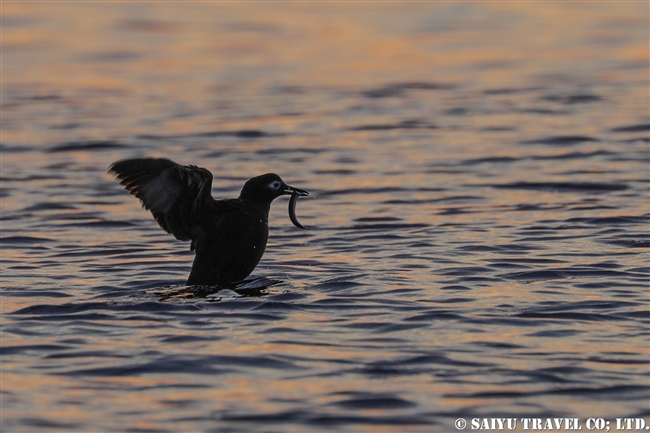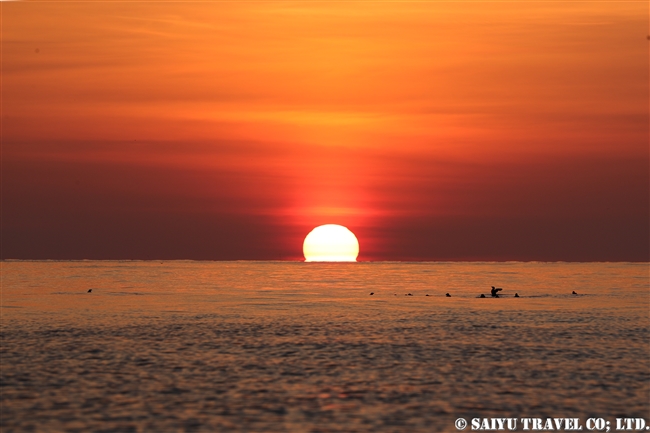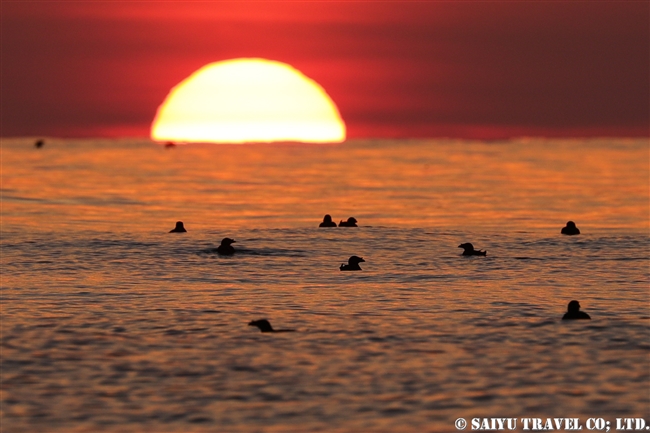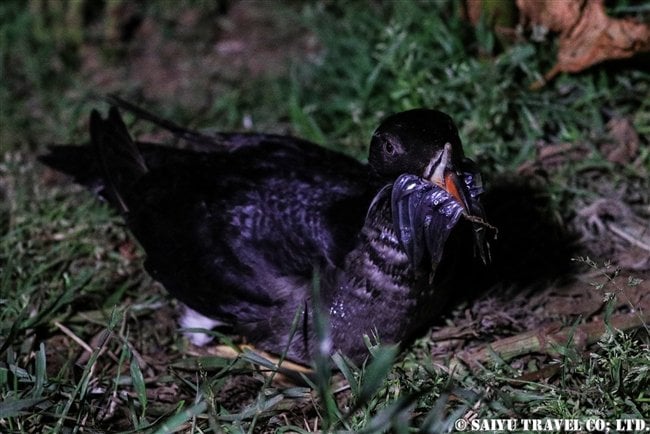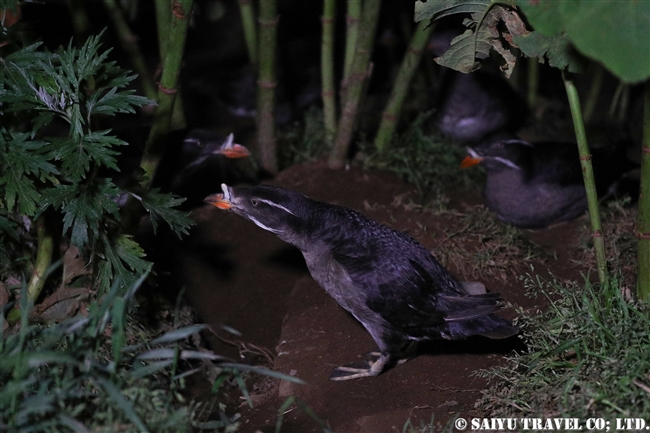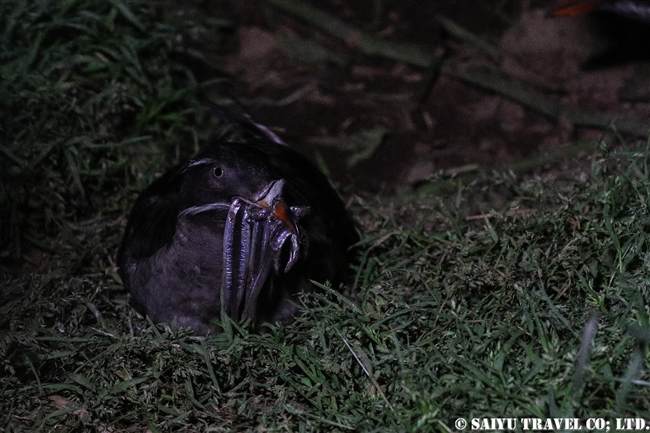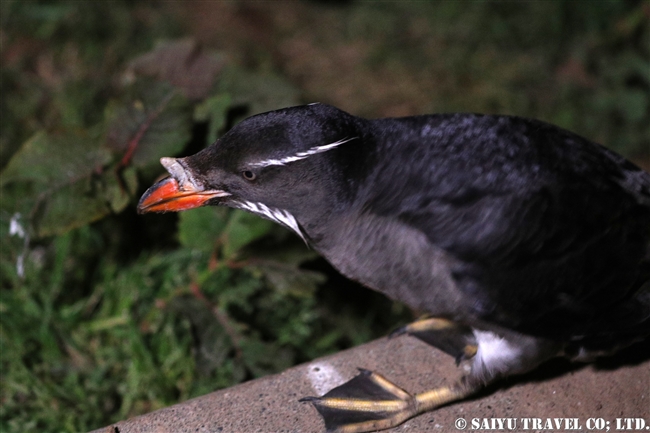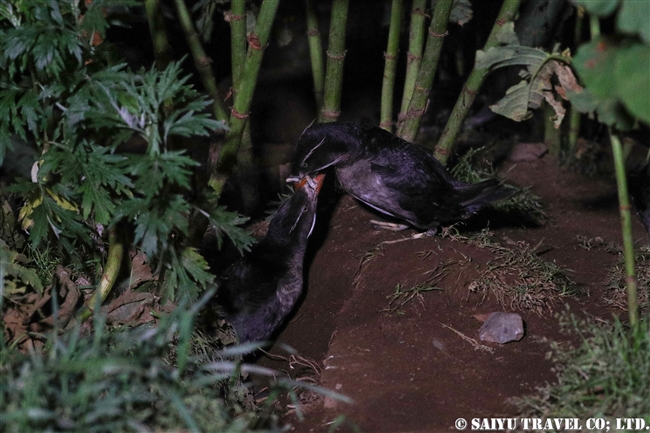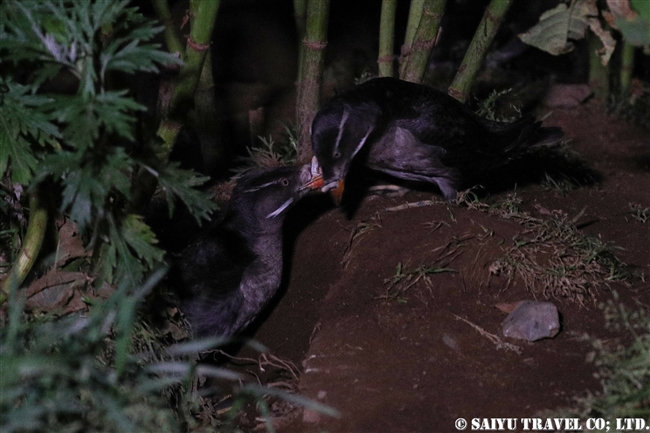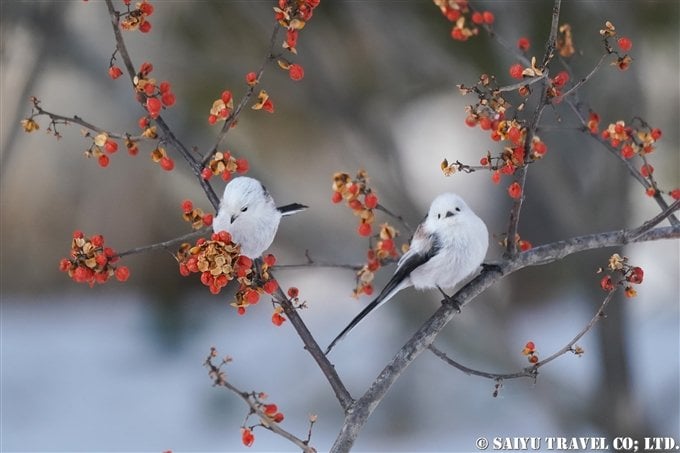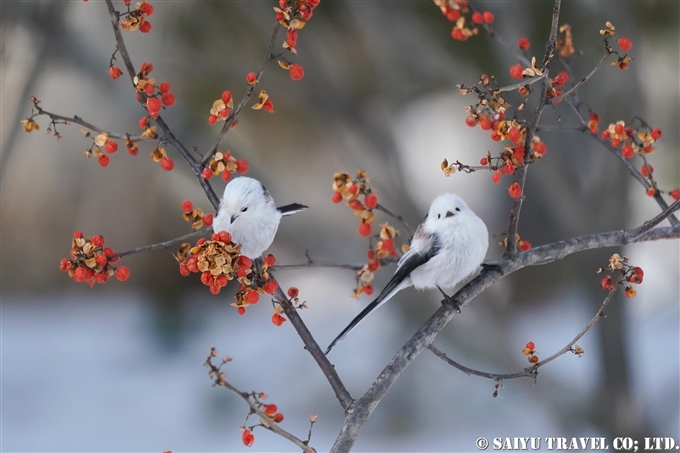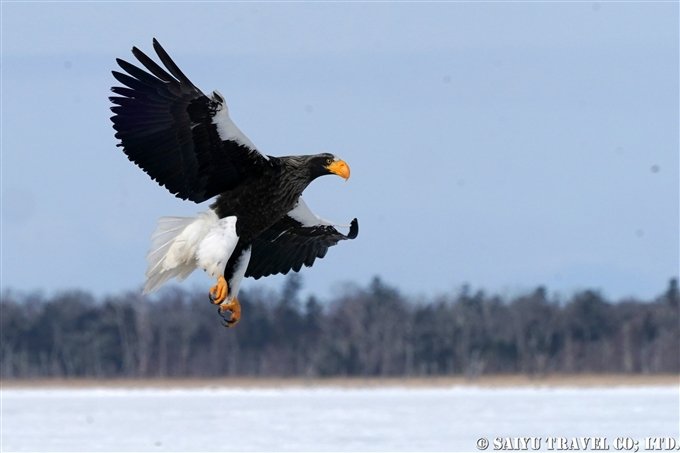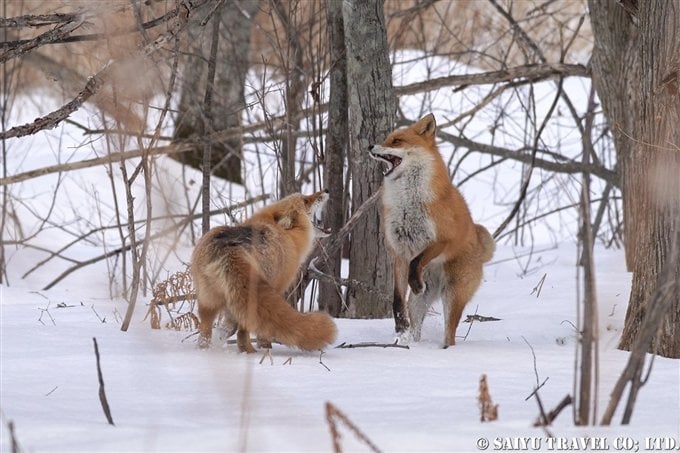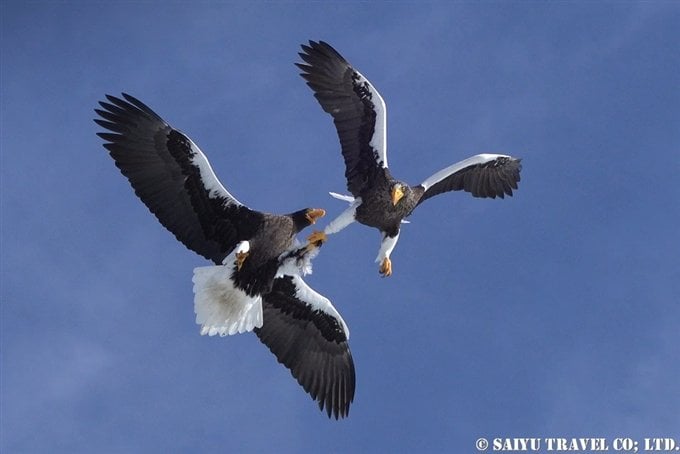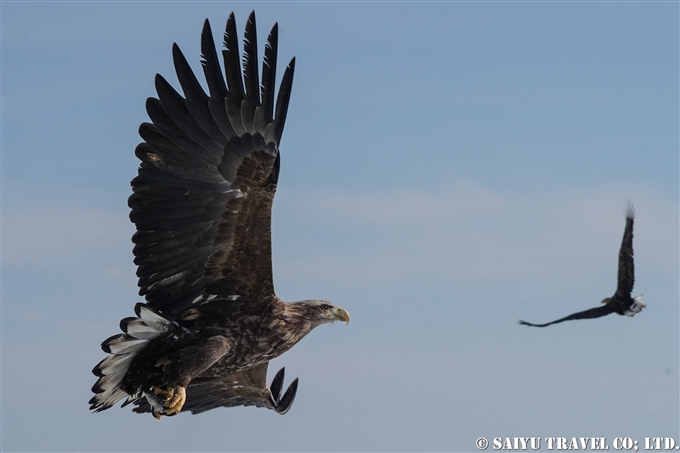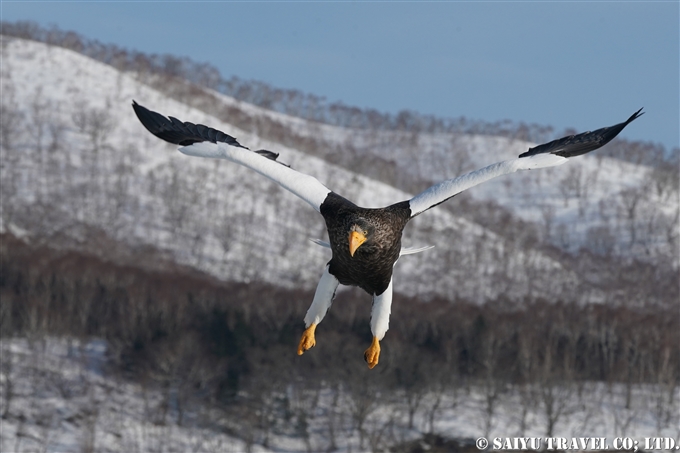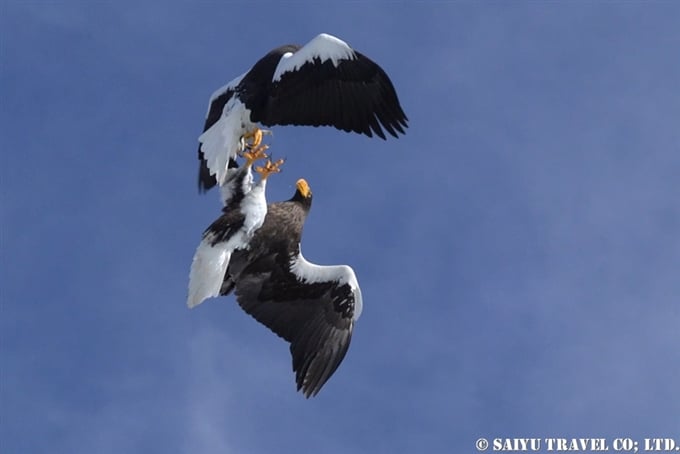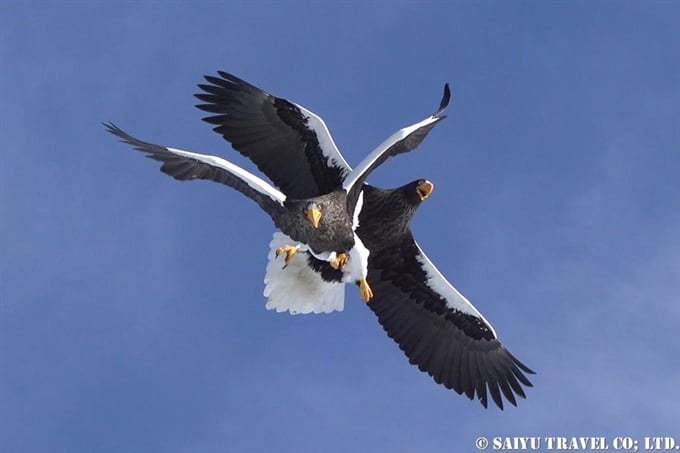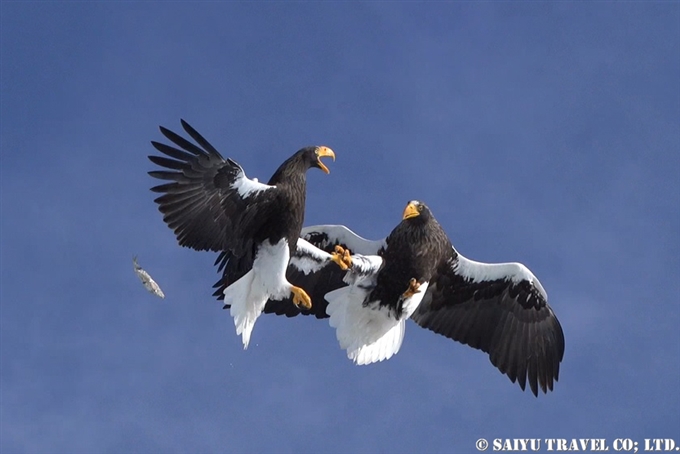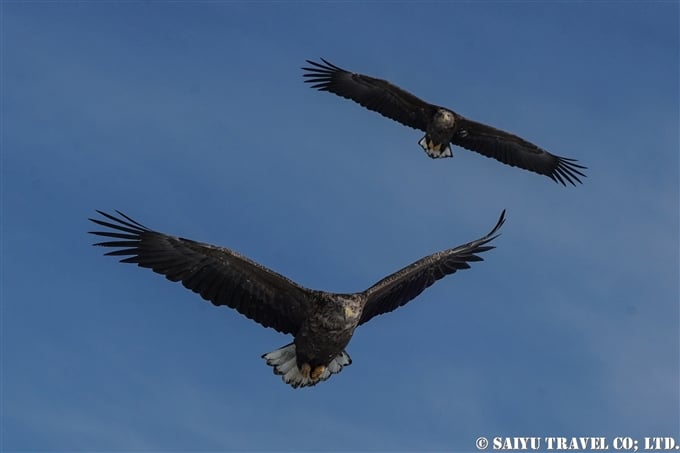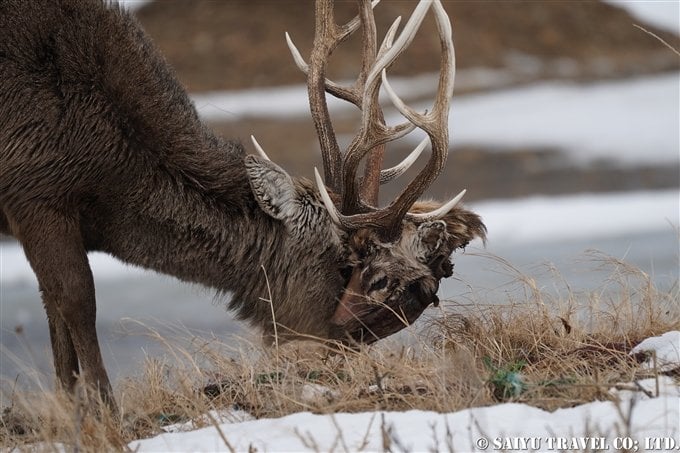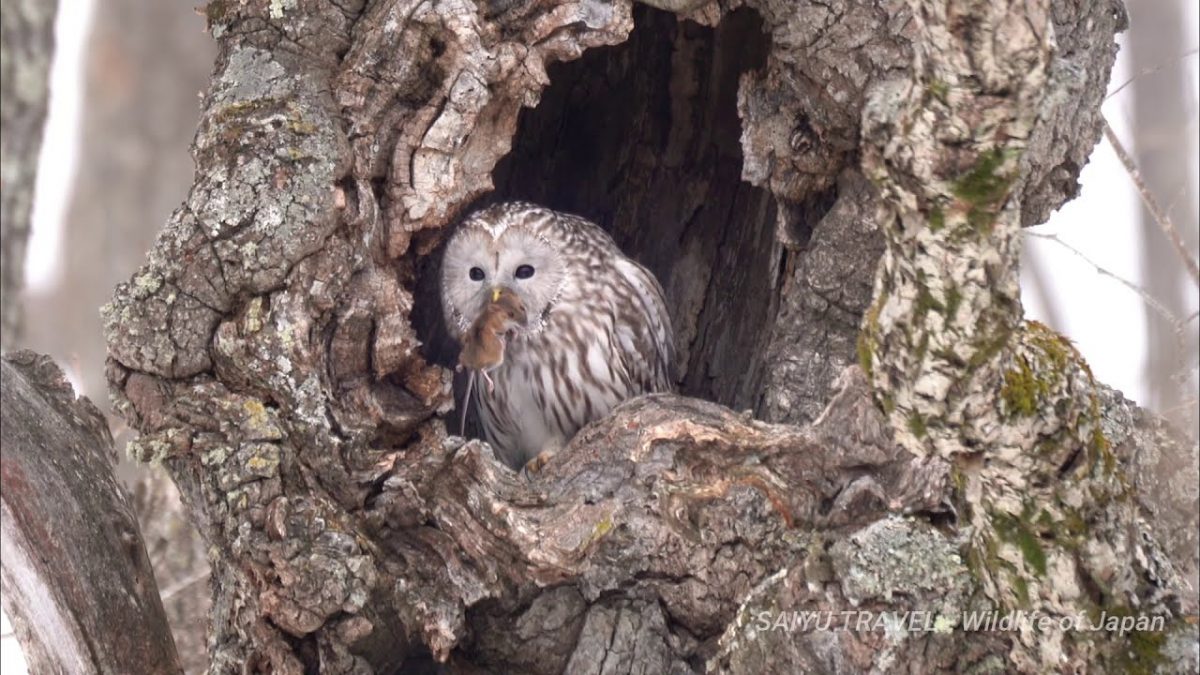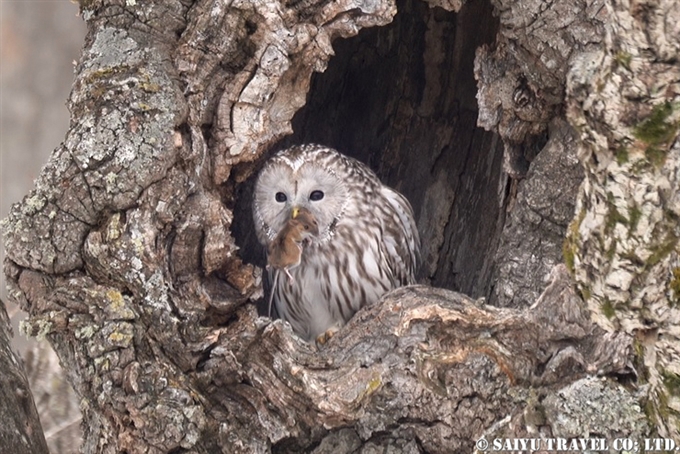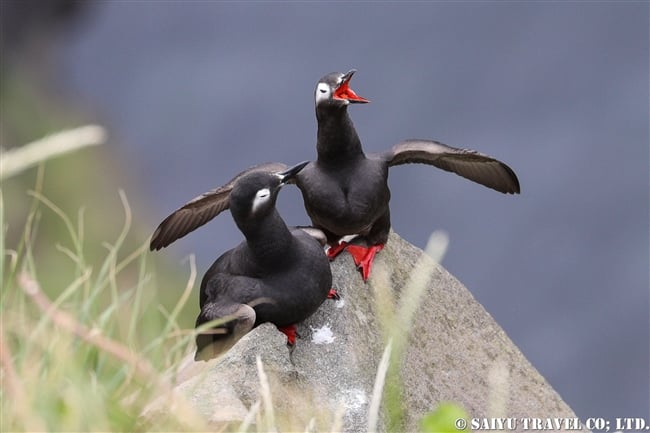
Finally, I had the chance to make it to Terui Island; I have always wanted to visit here. Spectacled guillemots and Rhinoceros auklets breed here, but it is very hard to see them breeding up close overseas.
Photographs from the Small Fishing Boat! Spectacled Guillemot of Teuri Island
Homecoming of the Rhinoceros Auklet (Teuri Island – Hokkaido)
Rhinoceros Auklets on the Rocky Cliffs: Teuri Island
Ocean Sunset at Terui Island, with the Spectacled Guillemot and Rhinoceros Auklet
We immediately head to the Akaiwa Observatory, where we can observe the spectacled guillemot, and see the world’s largest breeding ground for the rhinoceros auklet. Akaiwa, meaning red rock, is a 48 meter high rock that protrudes from the westernmost part of Terui Island. The surrounding cliffs are called the Akaiwa Observatory, and there are trails and terraces for observing the breeding grounds of the auklets.
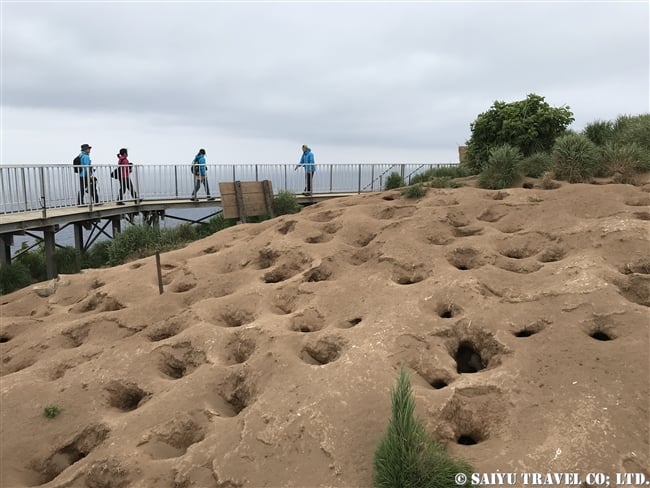
The observation boardwalk and the burrows of the auklets. The burrows are about 20 cm in diameter. The auklets do not return to the Island until after it gets dark, but you can still observe the guillemots on the sea-facing cliffs.
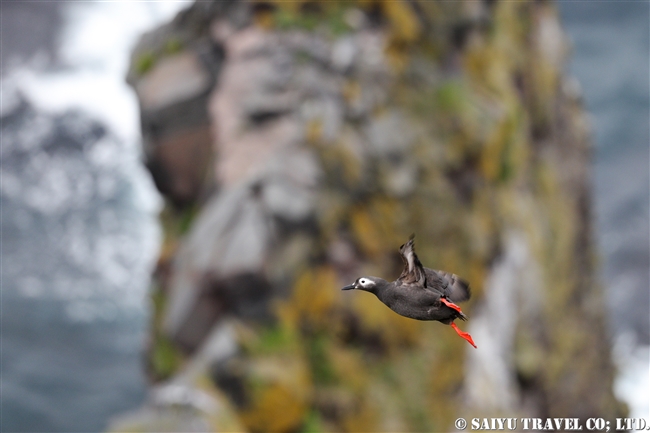
The spectacled guillemots returned from sea with the namesake Akaiwa in the background. Spectacled guillemots build nests in the crevices of the ‘Red Rock,’ taking advantage of any small gaps and nooks on the rough surface. From this vantage point, you can see guillemots flying to and from the nests and the sea, as well as get good observations of their courtship behaviors as the pairs sit on the rocks.
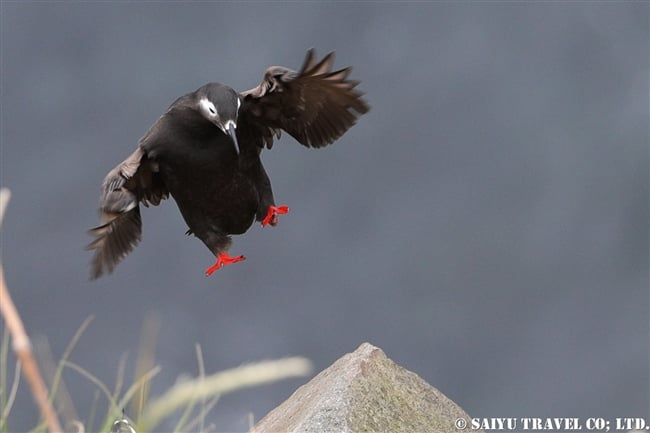
A Spectacled guillemot returning from the sea, landing near its nest.
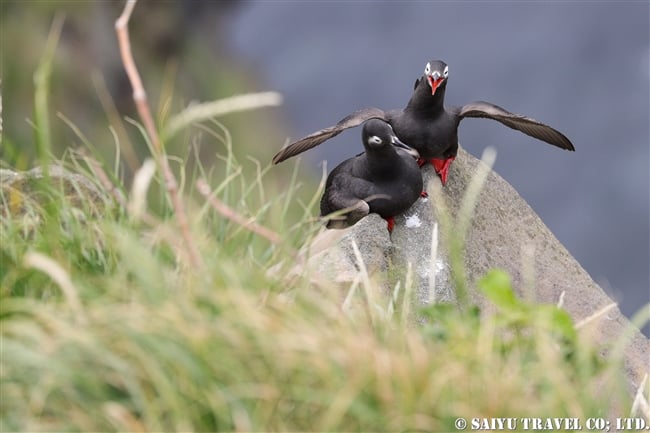
Then the partner came out and they started their display. This was the lovely first glimpse we got, right off the bat.
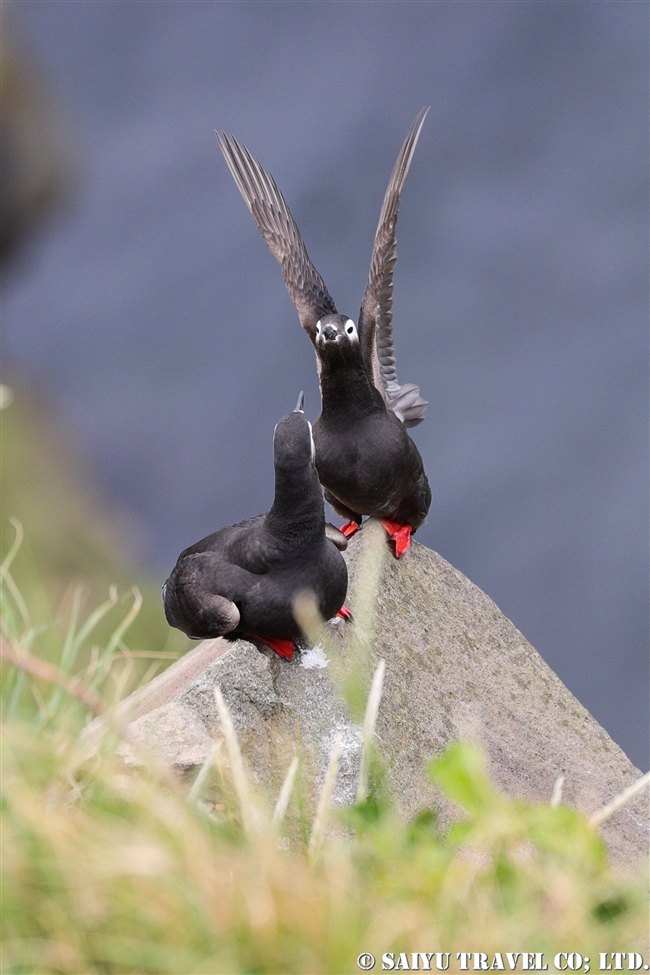
A spectacled guillemot husband and wife.
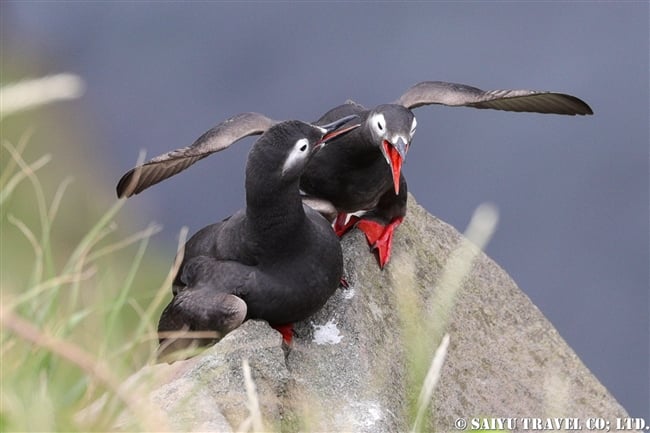
I wonder what they are saying to each other, these guillemots.
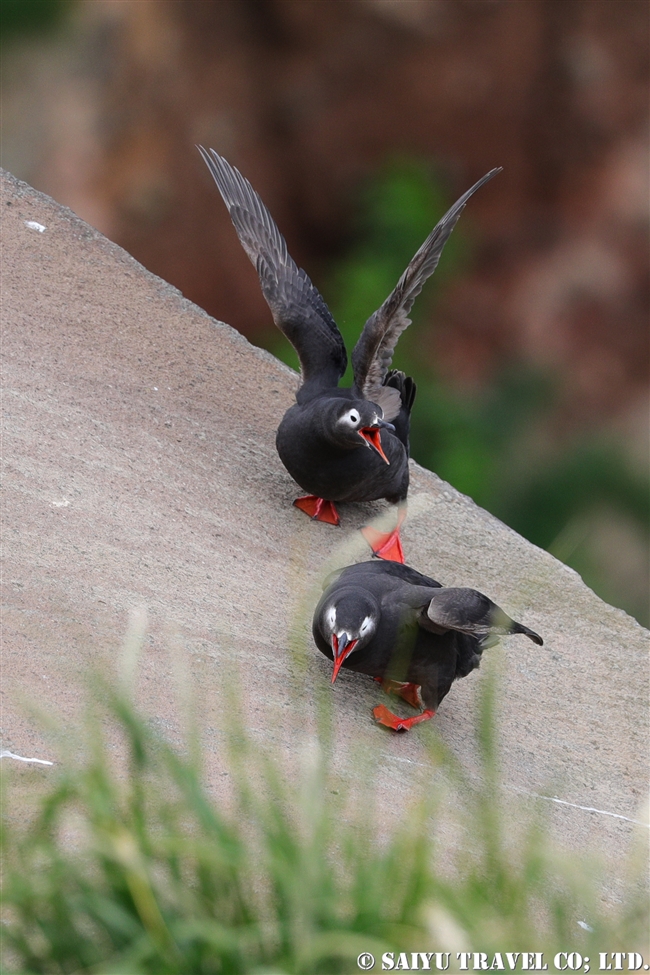
Their courtships calls pierce the sky.
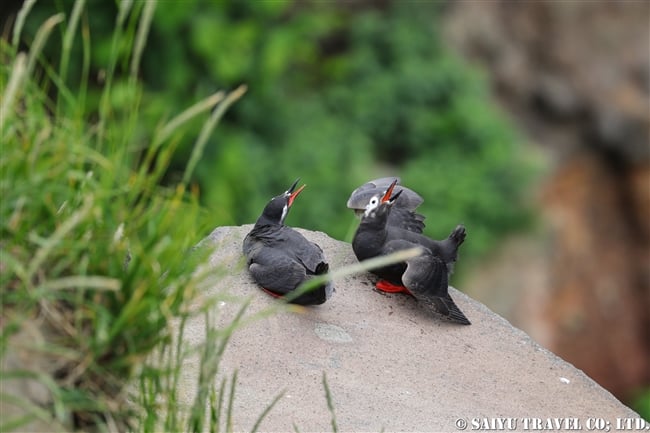
This is the effect the Akaiwa Observatory can have on you…where you are captivated by the beauty of the guillemots and you forget to look at the time.
Photo & Text: Mariko SAWADA
Observation: Jun 2018, Teuri Island, Hokkaido, Japan
★ Visit our web site of TEURI ISLAND.
★Contact us to make arrangements for photographing seabirds on Teuri Island and Wildlife of Japan.
★Wildlife videos are also available on Youtube – we have the playlist as well.
Tags: Birds Photography of Japan, Teuri, 天売島, Teuri Island, ケイマフリ, Akaiwa Observatory, Keimafuri, Spectacled Guillemot, Birding tour Japan, Wildlife of Japan, Bird tour Japan, Birds of Japan, Bird Watching Japan, Wildlife Photography tour in Japan, Wildlife in Japan, Wildlife tour in Japan, Wildlife in Hokkaido





